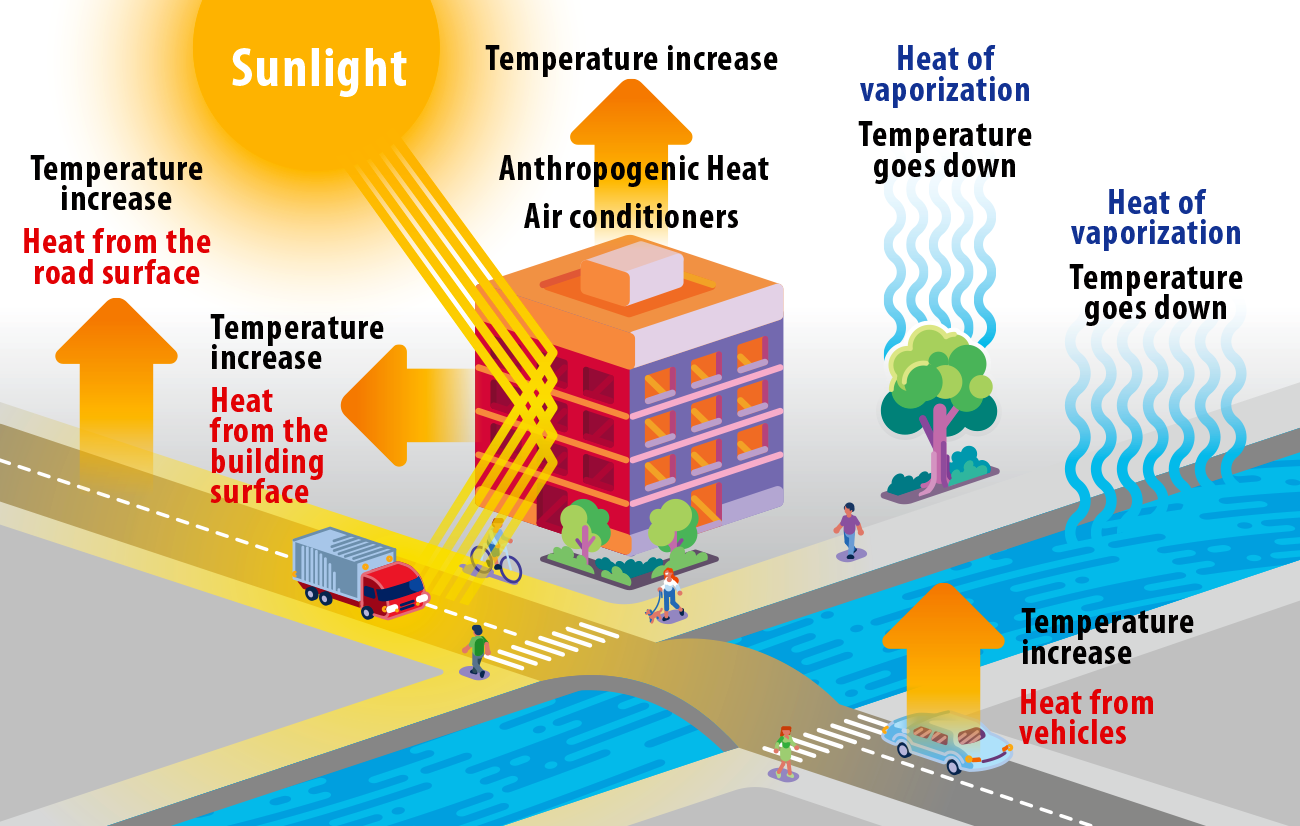


Sidewalks without a hint of shade. Heat radiating up from asphalt streets and down from walls. Hot exhaust belching from cars, trucks and buses — all these summer-in-the-city miseries and more are contributors to the urban heat-island effect.
Depending on the city, says Angel Hsu, an environmental scientist who founded and heads the Data-Driven EnviroLab at the University of North Carolina at Chapel Hill, its downtown area can average 3 to 4 degrees Celsius hotter than the surrounding suburbs and countryside. And certain neighborhoods — often the poorest — can be hotter by 10 degrees Celsius or more.